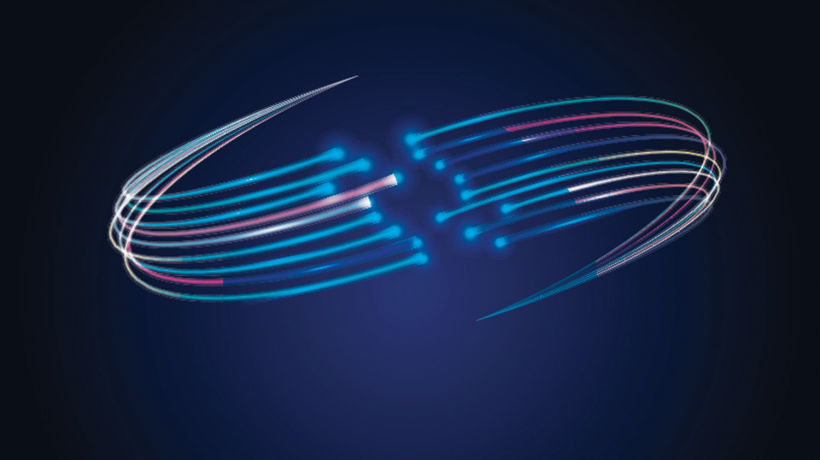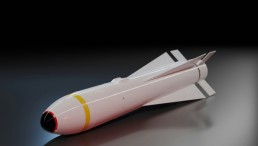By sending 1.8 petabits per second with just one light source, researchers have broken a previous record. They can lessen the environmental impact of the Internet by using a data transmission mechanism that consumes noticeably less electricity.
The first group on the planet to transfer with over 1 petabit per second (Pbit/s) utilizing just a single laser as well as a single optical chip is an international team of researchers from the Chalmers University of Technology in Gothenburg, Sweden, and Technical University of Denmark.
A petabit is equal to one million gigabits. In the study, the scientists were able to transfer 1.8 Pbit/s or twice the volume of all Internet traffic worldwide and solely by the light coming through one optical source, according to the report stated by the University of Denmark.
The term "frequency comb" refers to the idea that all the colors are established at a specified frequency distance from one another, much like the teeth of a comb. Then, each color (or frequency) can be separated and used to encode data. Data can then be transmitted by reassembling the frequencies and sending them across an optical fiber even an enormous quantity of data as the scientists discovered.
Thousand Versus Single Laser
A single chip may easily hold 1.8 Pbit/s, which would normally require over 1,000 lasers using modern, cutting-edge commercial equipment, according to the experimental demonstration.
Professor Victor Torres Company of the Chalmers University of Technology is in charge of the scientific team that created and produced the chip.
According to Victor Torres Company, the unique feature of this chip is that it creates a frequency comb that has the perfect properties for fiber-optic communications. It possesses a high optical power and covers a wide bandwidth within the spectral region which is exciting for innovative optical communication systems. It's fascinating to observe that the chip wasn't tailored for this specific use, Torres Company mentioned, as reported by Phys.

A newly developed data transmission can send more than 1 petabit of information per second.
ALSO READ: World's First Petabyte Hard Disk Drive Contains Glass for Better Storage Capacity
Potential Component for Scaling
Additionally, the scientists have developed a statistical model to investigate conceptually the underlying potential of data transportation with a single chip remarkably similar to the one utilized in the experiment. The numbers indicated that there is a lot of room to scale the solution up.
Leif Katsuo Oxenlwe, a professor at DTU and the director of the SPOC Center of Excellence for Silicon Photonics for Optical Communications, states that they will be able to transmit up to 100 Pbit/s using a single device built by the Chalmers University of Technology and a single laser, as per their calculations.
Moreover, because the method is scalable, it allows the developers to generate several frequencies as well as split the frequency comb into numerous spatial copies and optically magnify each one, as stated in a report from Crast.net.
Professor Oxenlwe then emphasized that they can transfer signals by employing them as parallel sources. It also does not lose the characteristics of the comb that is used for spectrally effective data transfer despite the need to amplify the comb copies, as per the professor.
Internet Power Consumption Reduction
The scientists' technique portends well for Internet power usage in the coming years. Leif Katsuo Oxenlwe believes that the developed system can offer possibilities of substituting hundreds of thousands of the lasers that are present in Internet hubs and data centers, all of which use power and produce heat and urge that it is another way to help create a more environmentally friendly Internet.
Leif Katsuo Oxenwe, one of the main researchers, stated that, while the researchers' experiment overcame the petabit threshold for such a single laser source as well as a single chip, further analysis is still necessary before the method can be used in the existing communication systems.
The convergence of the laser source into the optical chip is a project that is currently being worked on globally and also engaged in that effort. The scientific team's 1.8 Pbit/s transfer experiment as well as the computations that followed have been presented in Nature Photonics.
RELATED ARTICLE: Novel Zentropy Theory May Help Address Long-Time Challenge in Materials Design, Researchers Show Us How
Check out more news and information on Data Storage on Science Times.














